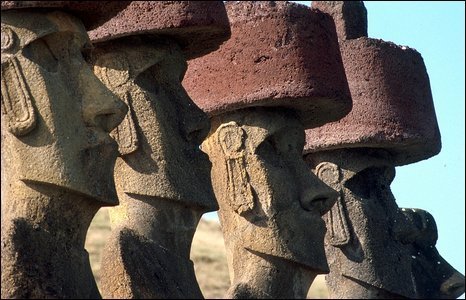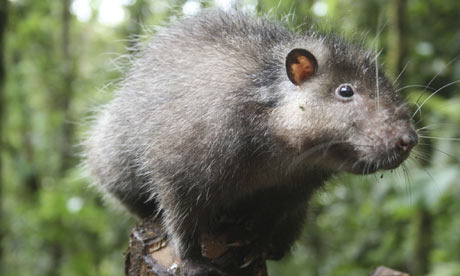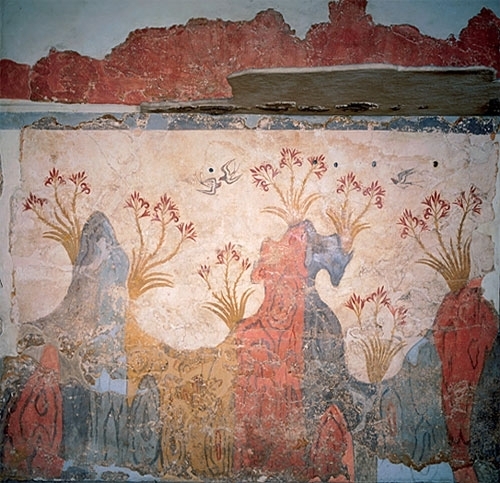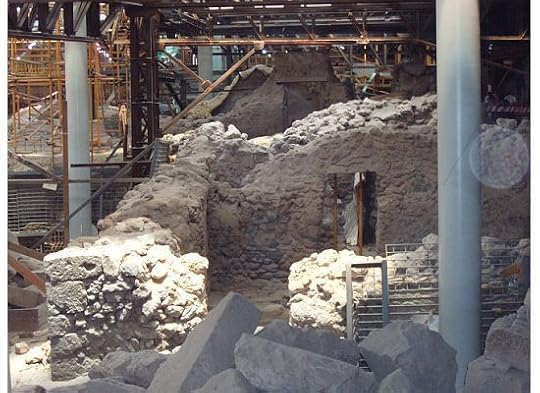Michelle Moran's Blog, page 128
September 9, 2009
Colossal Apollo Statue Unearthed in Turkey
<!-- ## WIDGETS [ context : in | columns : 2 ] --> <!-- ## WIDGET [ slideshow :] --> <!-- ## WIDGET [ photo(s) :] --> <!-- ## WIDGET -->
 Apollo, God of the Sun | a
Apollo, God of the Sun | a
September 8, 2009
It has long been agreed that Africa was the sole cradle of human evolution. Then these bones were found in Georgia
By Steve Connor
[image error]
One of the skulls discovered in Georgia, which are believed to date back 1.8 million years
The conventional view of human evolution and how early man colonised the world has been thrown into doubt by a series of stunning palaeontological discoveries suggesting that Africa was not the sole cradle of humankind. Scientists have found a handful of ancient human skulls at an archaeological site two hours from the G...
Giant statues give up hat secret
Science reporter, BBC News

<!-- E IBYL --> <!-- S IIMA -->
 The ancient statues have giant red hats
The ancient statues have giant red hats <!-- E IIMA --> <!-- S SF -->
Archaeologists believe they have solved one ancient mystery surrounding the...
Artefacts uncovered during roadworks give fresh perspective on early Irish life
by TIM O'BRIEN
THE REMAINS of a 9,000-year-old fishing basket uncovered at Clowanstown in Co Meath, a monastic bell-making facility at Clonfad in Co Westmeath and an "exceptional" raised wooden trackway close to the Dromod-Roosky bypass, were described at an archaeology seminar yesterday.
Read the rest on Irish Times.September 6, 2009
Lost world of fanged frogs and giant rats discovered in Papua New Guinea

The Bosavi Woolly Rat had no fear of humans when it was discovered. Photograph: Jonny Keeling/BBC
A lost world populated by fanged frogs, grunting fish and tiny bear-like creatures has been discovered in a remote volcanic crater on the Pacific island of Papua New Guinea.
Read the rest on the Guardian.September 2, 2009
Bronze Age boat proves a handful for Loch Tay volunteers
The Bronze Age lived on at Loch Tay yesterday, as a replica of a 3000-year-old logboat successfully completed its maiden voyage.
Read the rest on the Herald.
Cavern dig uncovers 15,000-year-old weapon
ARCHEOLOGISTS digging at Kents Cavern have found a 15,000-year-old weapon carved from a reindeer antler.
Read the rest here.Akrotiri, Santorini: the "Minoan Pompeii" - part 2

by Rachel de Carlos
The excavations at the archeological site at Akrotiri in Santorini are ongoing, so there is scaffolding everywhere and supports in place to stabilize walls, windows and doorways that might otherwise collapse.
Read the rest on the Examiner.
1,800-Year-Old Roman Building Discovered in Jerusalem
Read the rest on the Bulletin.
September 1, 2009
Akrotiri, Santorini: the "Minoan Pompeii" - part 1
by Rachel de Carlos

Excavations at Akrotiri, Santorini. Copyright 2009 Rachel de Carlos
As in Pompeii, the volcanic covering of the archeological site at Akrotiri on Santorini, has kept an ancient settlement from disintegrating over time. The site was found by accident when the Suez Canal was being constructed in 1860. Workers quarrying Santorini's volcanic ash discovered the ruins, but serious excavations at the site didn't begin until 1967. An unfortunate collapse of the roof in 2005, which



